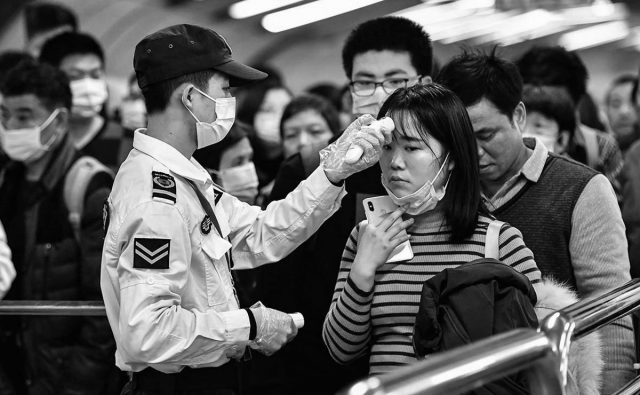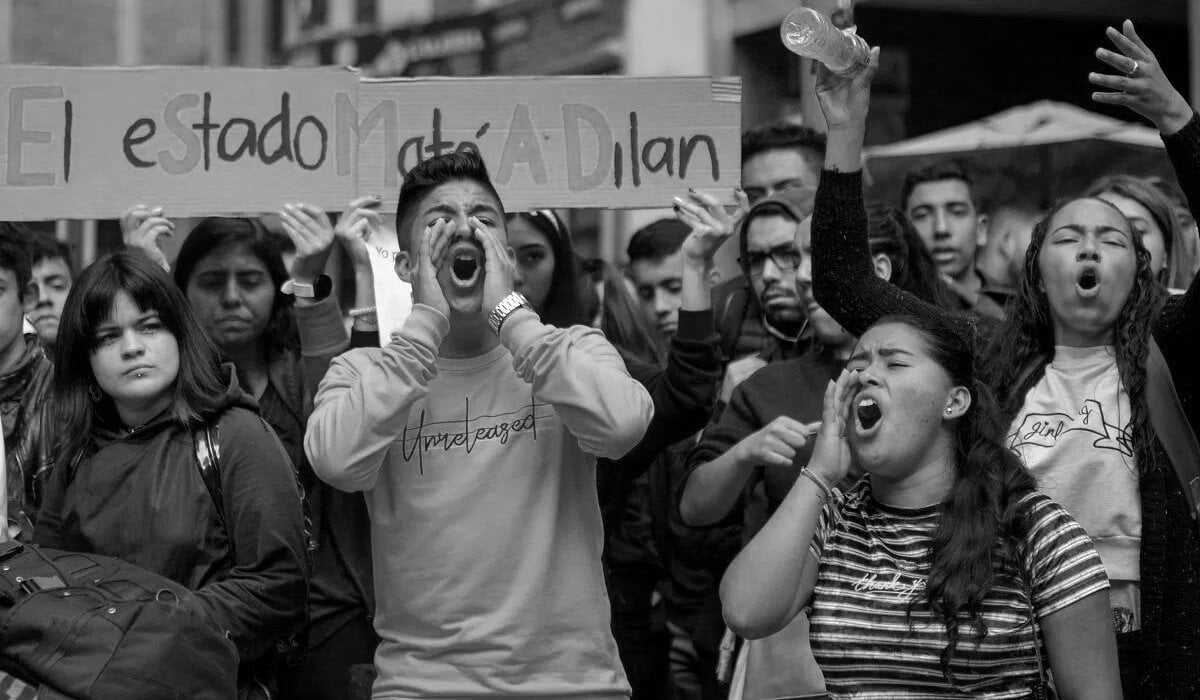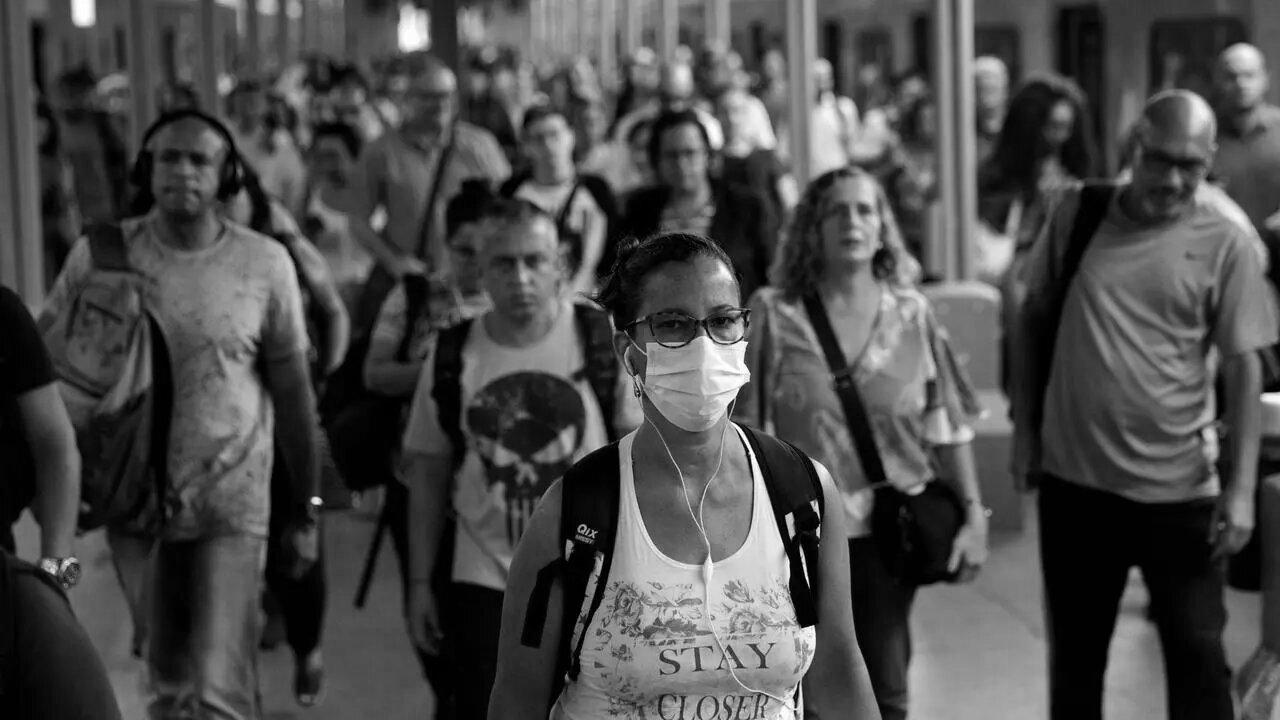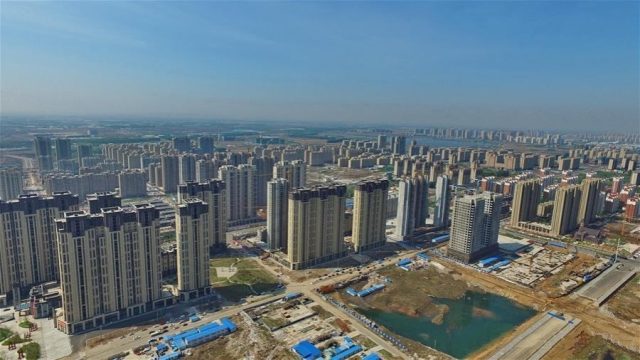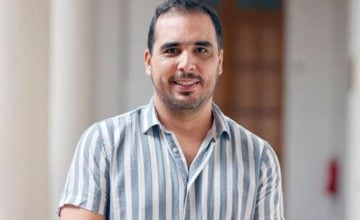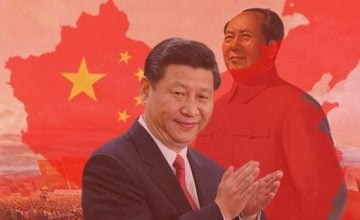Something unexpected and deadly emerged a little less than a year ago in China: Health authorities detected a new coronavirus. They called it SARS-CoV-2 and the first cases of the COVID-19 disease were recorded in the city of Wuhan. In three months, they counted about 80,000 infected and 3,000 deceased.
Yes, China lost the first battle, while officials wavered over sanitary measures. That allowed the virus to ‘escape’ Wuhan and spread a global pandemic. But, once they understood that they were facing a serious crisis, the vast Chinese bureaucracy recovered and mobilized itself to contain and erradicate the coronavirus.

In the past seven months, China confirmed just about 9,100 cases and about 1,400 deaths. But already the effect of the coronavirus is practically zero. People go out, eat in restaurants, go to theaters, children to school, all without much concern for their health. How did they do it? While the rest of the world lives a second wave.
In late January, the central government decided to blockade Wuhan, where 11 million people live. All transportation to and from the city was paralyzed. Days later, they blocked other cities in the Hubei province, eventually quarantining more than 50 million people. As early as April, they had limited the spread of the virus.
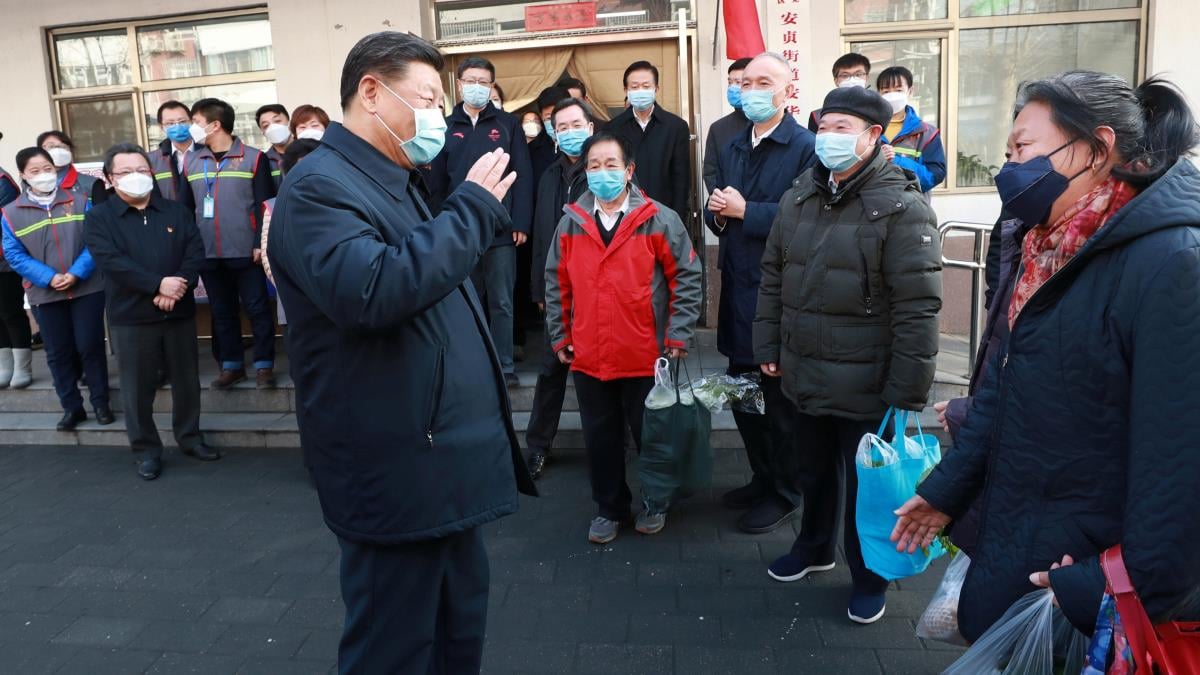
The ‘face’ of pandemic control
But was it all the work of a dictatorial and authoritarian government? Nope, the face of epidemic control is not President Xi Jinping. On the contrary, it is the lowest rung of the bureaucracy: the neighborhood committees. From that instance, it was that they ensured compliance with the measures to control the pandemic, and they did so by reaching the door of each home.
The committee members live within the residential complexes they manage. They kept track of who came and went, enforced the confinement and even checked the temperature of the inhabitants. So if they detected a case, they immediately closed the front door of the apartment block.
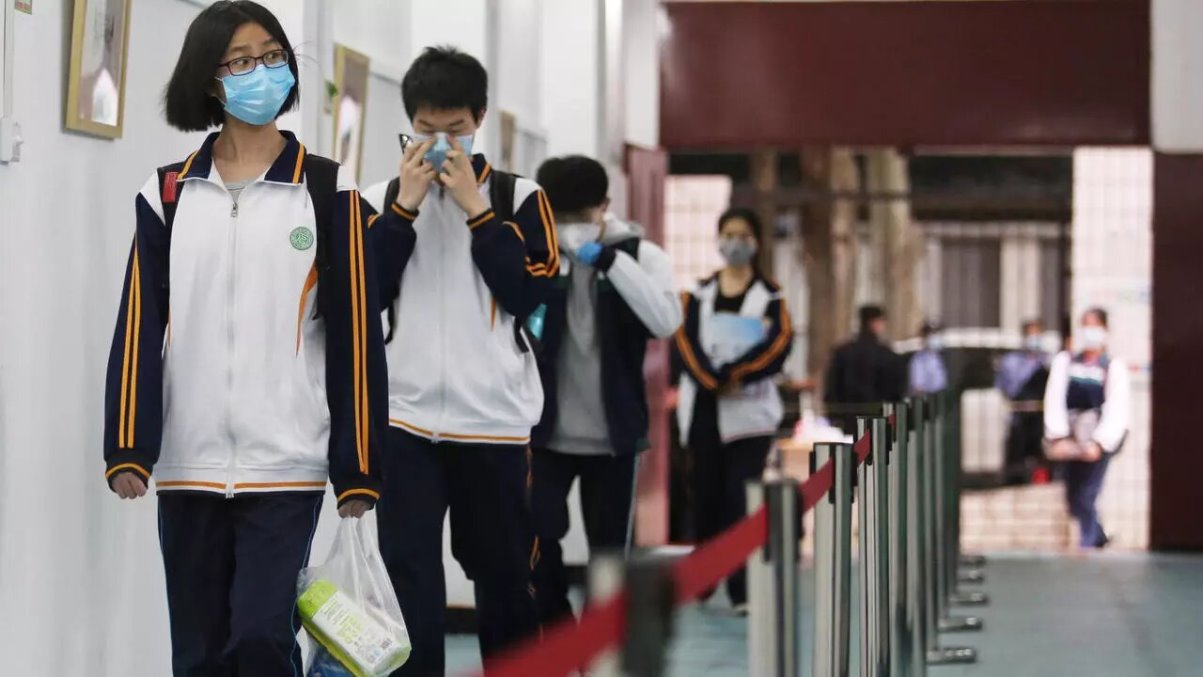
Neighborhood committees also tracked down those who did not want to self-quarantine. In those situations, a ‘nosy’ neighbour was more effective than any tech notification. They also organized grocery deliveries so that people could stay calm at home.
Wuhan underwent massive tests to make sure everyone was free of the virus. Thus, they eliminated the local transmission of COVID-19. China reported zero new cases on May 29, not a single case of local transmission or imported cases. Since then, cases have been detected in Beijing, in the port city of Qingdao and in the Kashgar region. But, the records showed that – in the worst cases – the number of infections barely exceeded three digits.
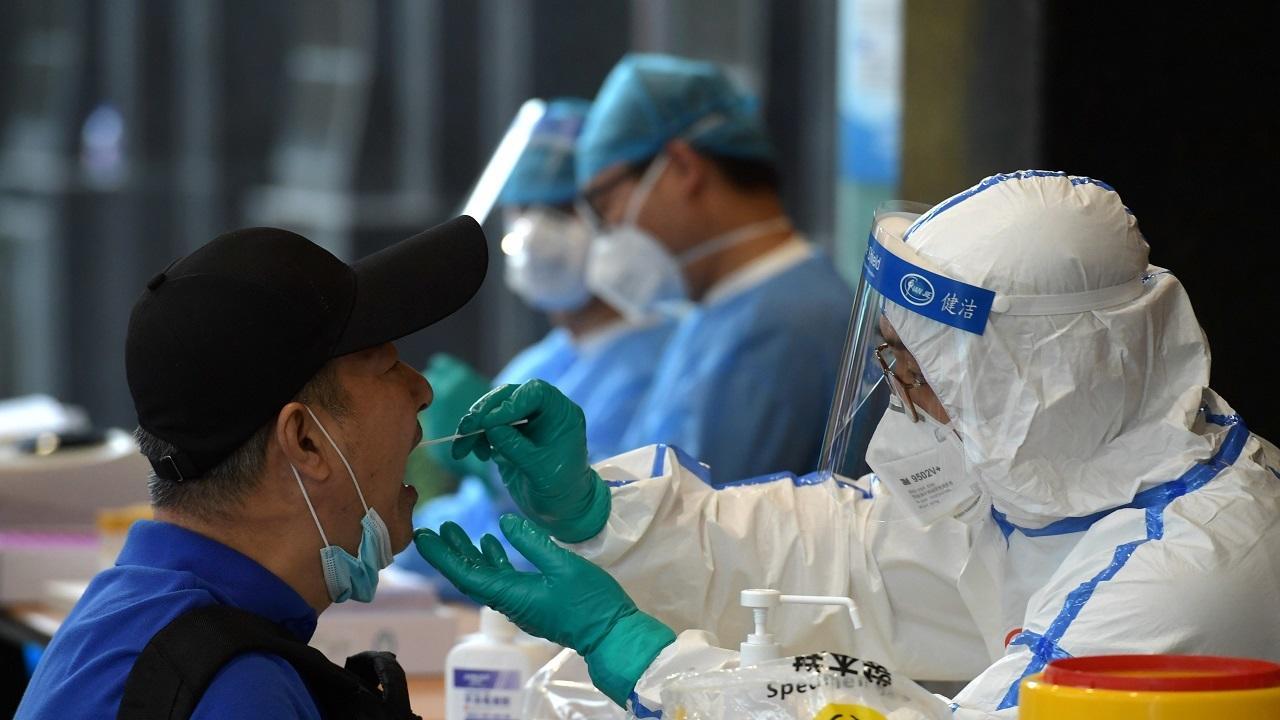
How has China controlled the pandemic since then
The Wired portal quoted an employee at the China Center for Disease Control and Prevention, who requested anonymity. This worker explained that those who arrive in the country must isolate themselves to «become a common citizen». It is mandatory, only then can they rejoin society. In other words, every «outsider» is infected until proven healthy.
Chinese and foreign citizens fly from other countries every day, and there are always some who suffer from COVID-19. The aviation authority regulates flights to control the number of people entering. Those from high-risk countries must have a negative nucleic acid test and an antibody test. And this, they must do before boarding the plane.
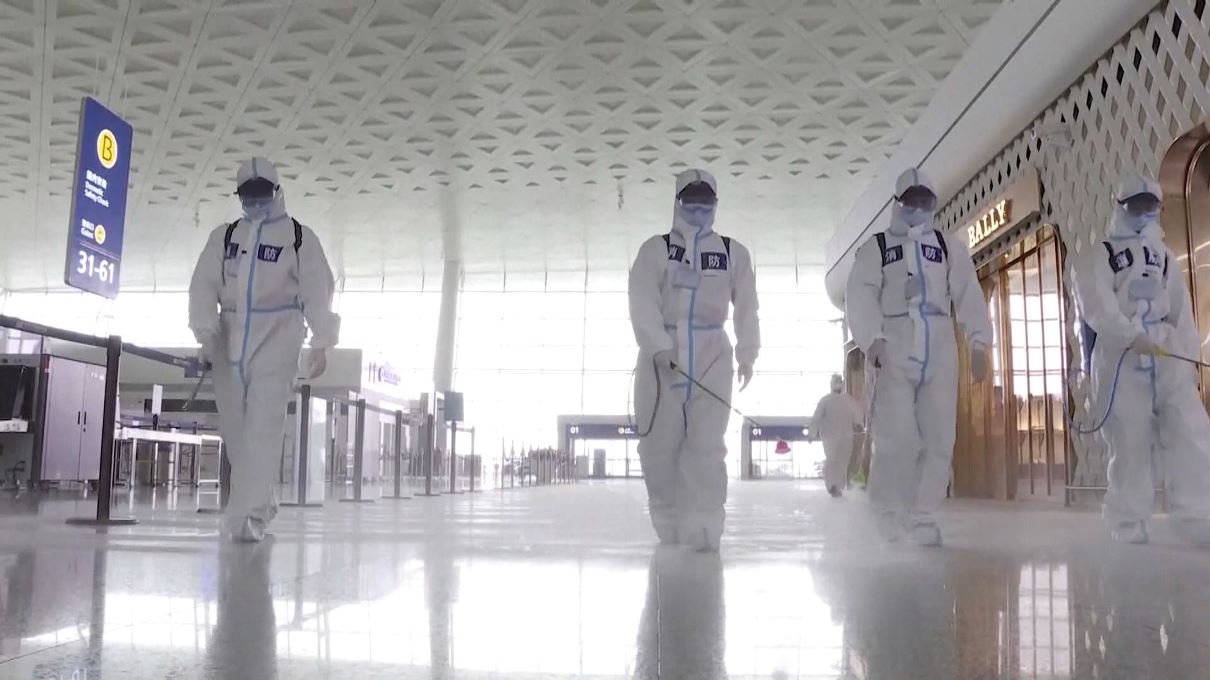
Even so, when they arrive in China they are tested again. For example, each person who arrives is assigned a group of three people: a doctor, a policeman, and a member of the neighborhood committee. Quarantine is mandatory, at home or in a hotel, and under no circumstances can they venture outside their home or hotel until the quarantine is over.
Those who choose home, will find a device mounted on their front door. Once inside, each time the door is opened, the doctor and the committee members receive an alert. Even a telephone call comes into the house to ask why the door has been opened.
«We can’t stay outside your door all the time», said Wu Yongxu, a doctor assigned to patrol residential communities in Shanghai. Quoted by Wired, he maintains that “once, someone left the premises to walk. So we started using electronic devices».
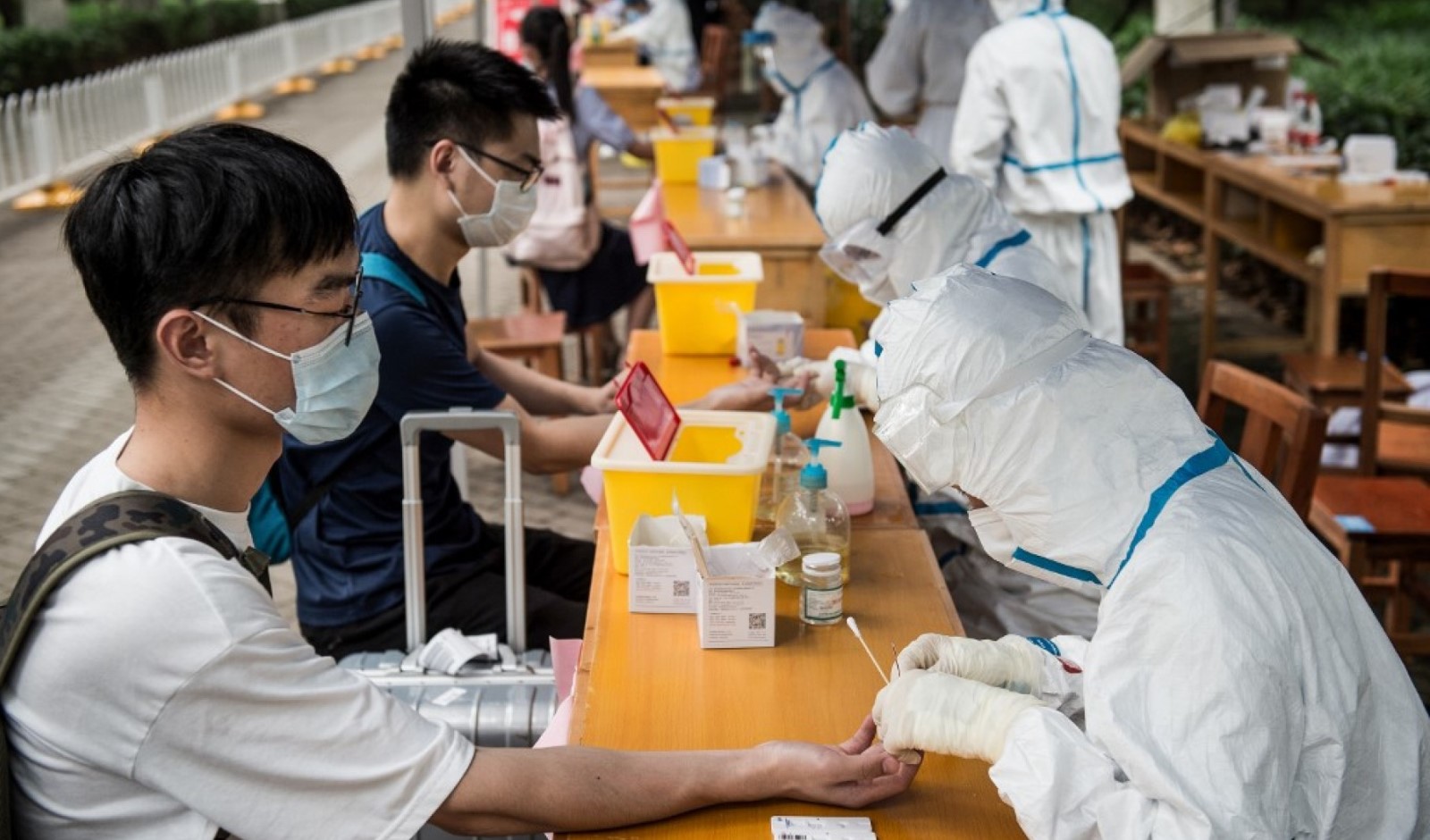
How strict is the control over this quarantine
Wu visits his patients every day to take their temperature and ask about their health. Between visits, you have to disinfect yourself without fail. In total, each visit lasts about half an hour. «Most of the people comply with the measures», he says, «although some did not do so at first. Maybe they thought it was annoying or they thought they were healthy».
In those cases, the assigned police officer comes to their door and lectures them on their legal responsibilities. “There is no reason for the for the person who is in quarantine to leave the apartment. The committee member is responsible for all their daily needs, including garbage collection and food delivery, if requested”, explains Wu.
Now, it is important to clarify that those who choose to stay in their home, do so alone. In those cases, if they live with relatives, they must leave and remain in another place while the person complies with the quarantine. Likewise, the measure is mandatory and has no exceptions.
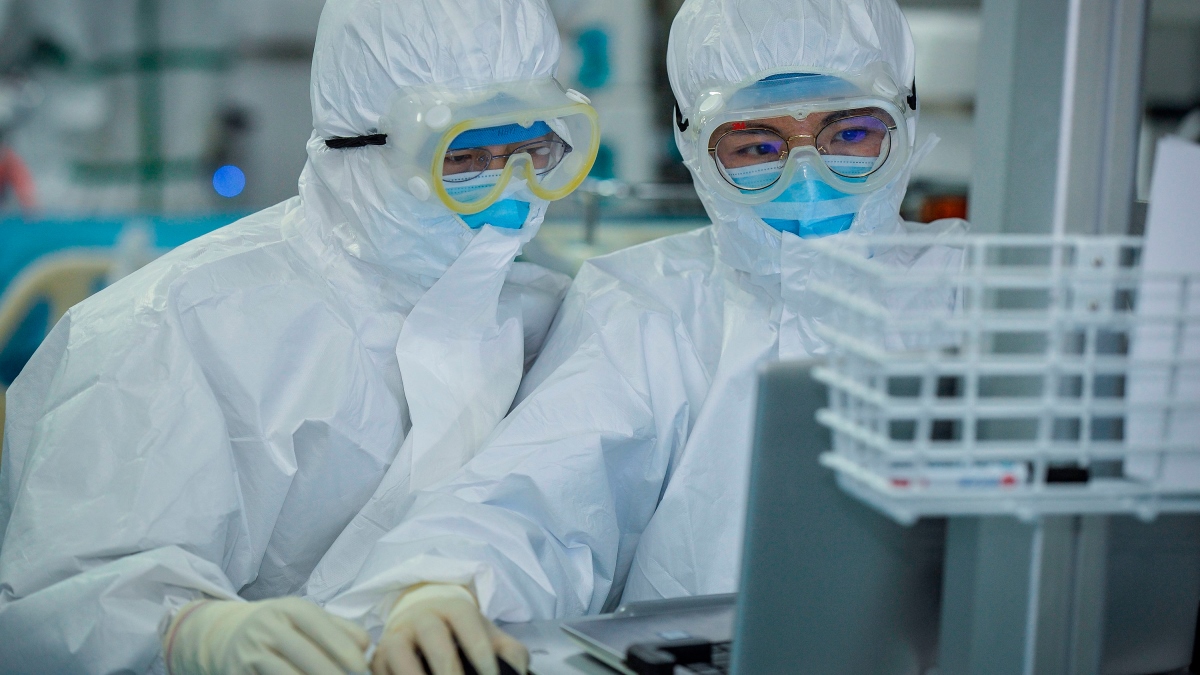
In the same way, they always have the support of a psychiatrist. This is because many «outsiders» come from countries where the virus is not controlled and have been isolated for long periods. So the psychiatrist makes video calls with those people who may suffer from sleep problems or anxiety.
Sometimes it is even necessary to visit them personally, if they have a more serious problem. All these visits, like those made by doctors, are made in biosecurity suits that are changed between one quarantined person and another.
Then, on the twelfth day of quarantine, the doctor does a nucleic acid test. If they are positive, they notify the Health Commission and they are sent to the hospital for supervision. If they are negative, «they become ordinary citizens».
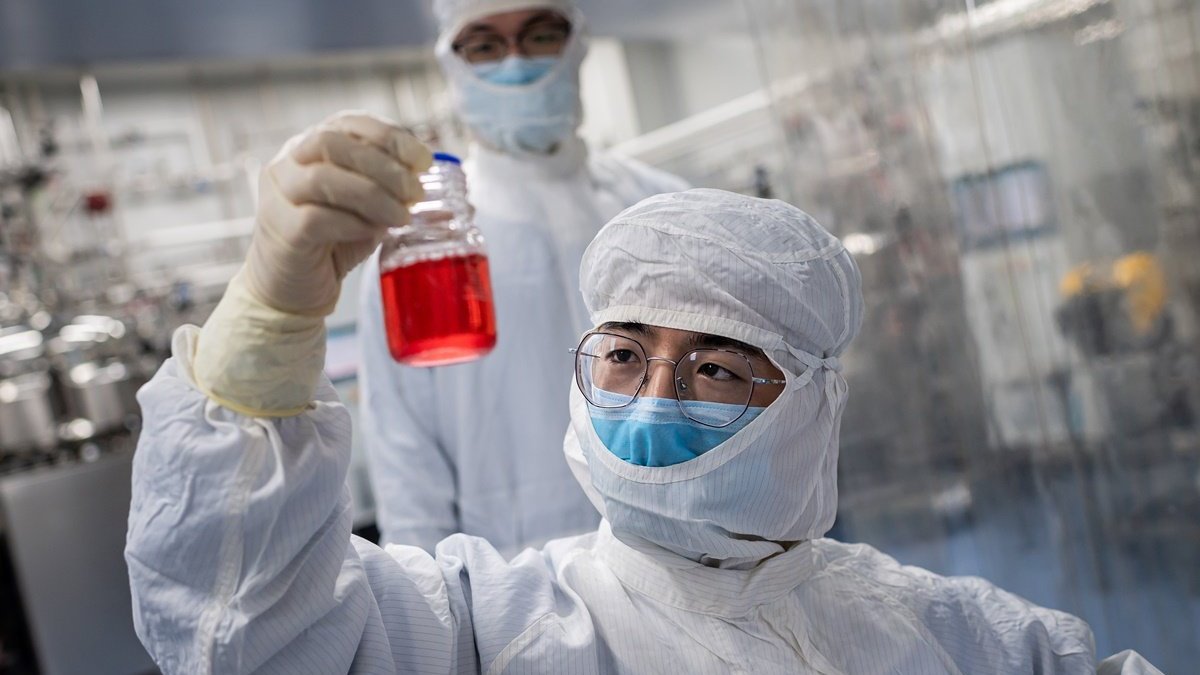
Measures implemented from Beijing
The Government gradually intensified other fronts to control the pandemic. For example, it increased testing capacity, to the point that today they can analyze up to 3.8 million samples per day. «The economic cost of mass testing is high», says Shengjie Lai, WorldPop principal investigator at the University of Southampton.
But then he added; «You have to consider the enormous cost of closures and social distancing, and the indirect benefits». Thus, in communities at high risk of transmission, mass testing can help control the outbreak and allow people to quickly return to normal life.
At the beginning of the pandemic, the shortage of implements was addressed by taking advantage of Chinese supply chains. In two weeks, electric vehicle maker BYD already produced millions of face masks, which it now ships abroad as well.
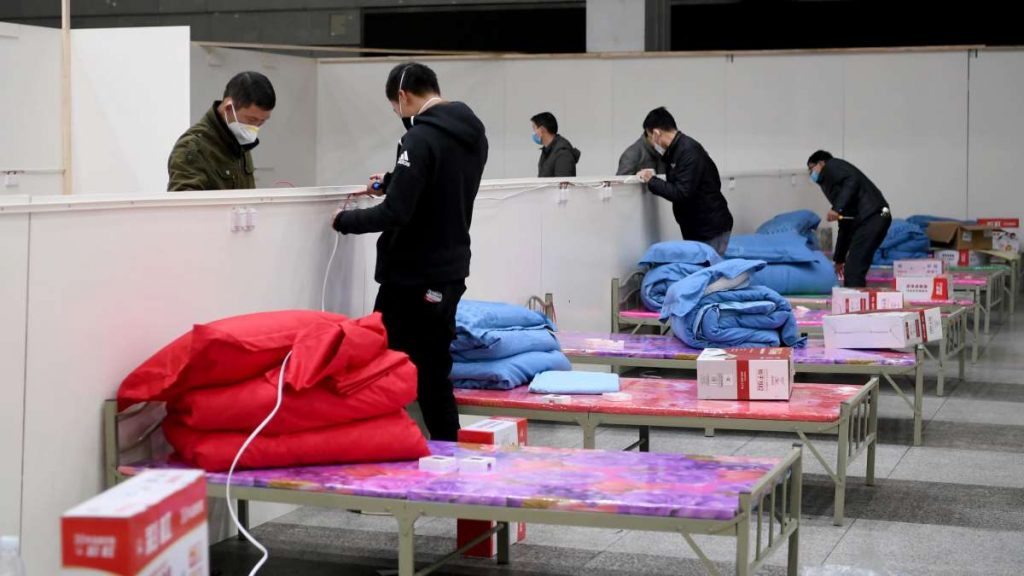
Furthermore, when it was discovered that patients with mild symptoms were infecting their relatives, the Government changed its policy. Instead of allowing people to stay at home, the infected were transferred to refuge hospitals, separated from their families.
These refuge hospitals are essentially large convention centers with rows of beds. Chinese media describe these hospitals as dormitories for 600 people where the lights are always on.
Subsequently, asymptomatic cases received the same treatment. Patients were only allowed to leave these hospitals after testing negative twice and after being in quarantine rooms for another two weeks.
Furthermore, in legal terms: evading quarantine, hiding symptoms, or hiding contacts with a virus hotspot were considered crimes. That’s why people largely adhered to strict closings.
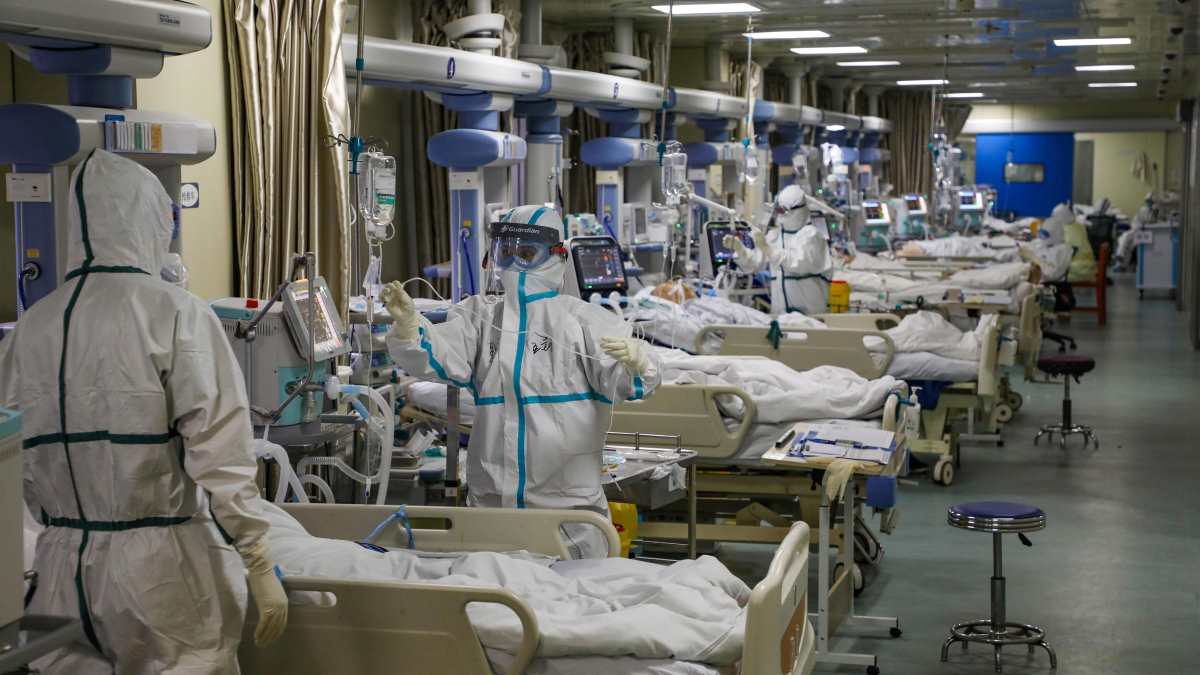
Technological battle amid the pandemic
In many parts of the world there is a belief that China’s fight against the virus has been dominated by high-tech surveillance. However, those who live the experience from within deny these assertions.
Months ago, the head of the Chinese Academy of Medical Sciences, Wang Chen, explained the new reality to the media. «Preventing epidemics in China is about social organization, not technology».
But, it is true that big data has been used to facilitate contact tracing. For example, in February, people received a text message reminding them that they could authorize telecom operators to access the provinces and cities they had been to in the last 15 to 30 days.
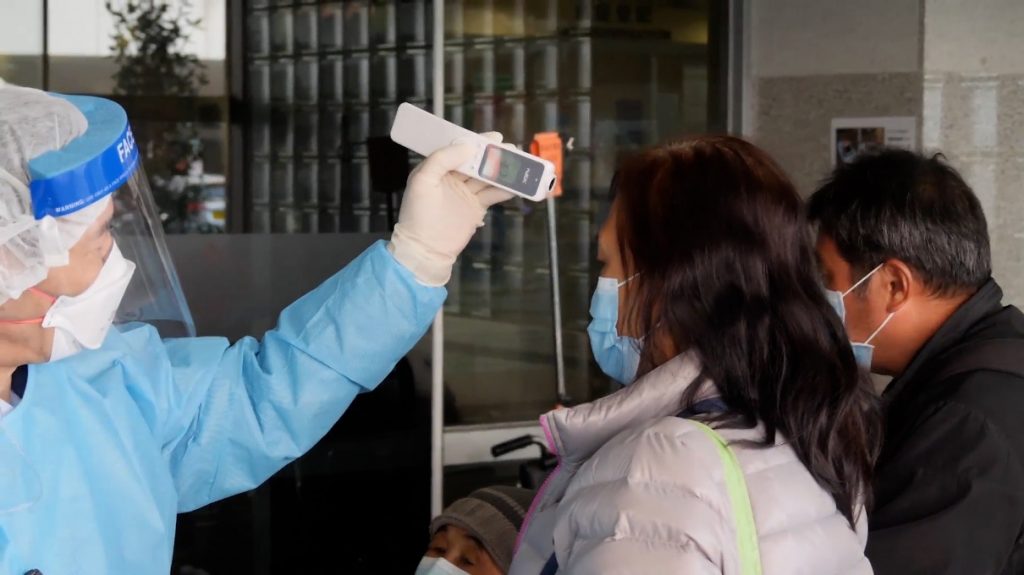
And, for the Xinfadi market outbreak in Beijing, authorities used signals recorded on local radio bases of mobile phone operators to send text messages to people who had passed within a few kilometers of the market.
And, when a case is discovered, the control process that begins is human. Local disease control units interview the patient to locate close contacts. Then to the close contacts of those contacts and so on. Everything, so as to do the tests and demand that they isolate themselves.
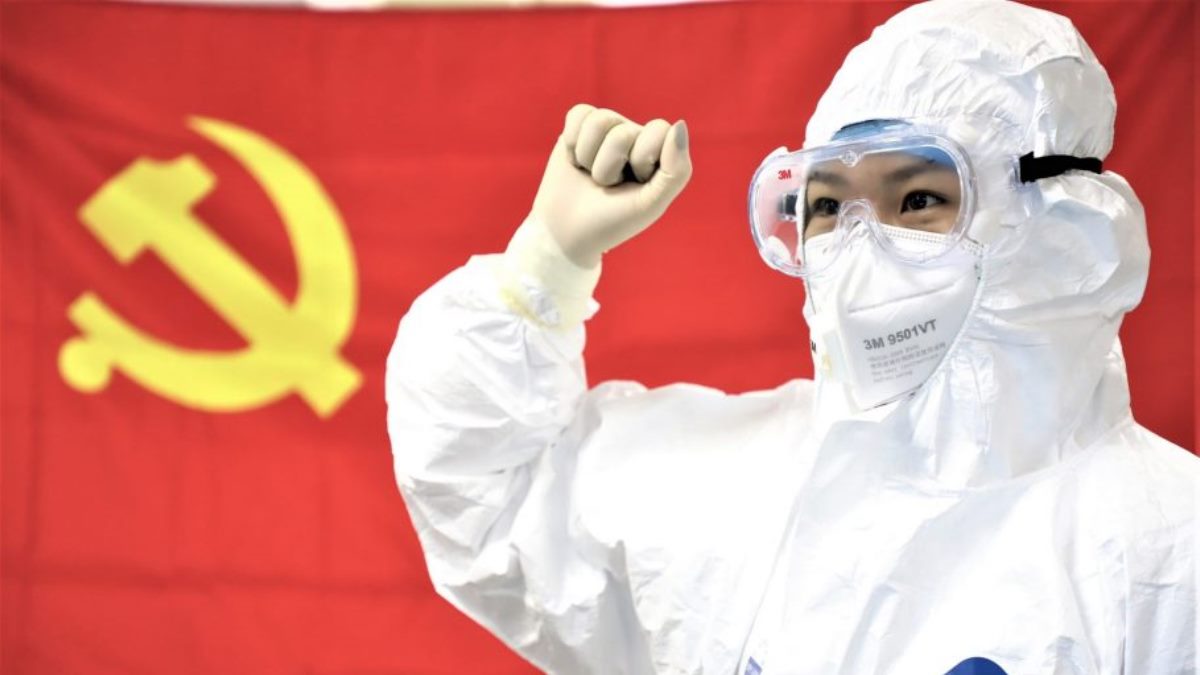
A monumental human effort
Efforts to control China’s coronavirus achieved the main goal: its eradication. Many officials were fired for negligence in the performance of their duties, while others received promotions for successfully controlling the virus.
Unlike other countries in Europe and America, in China there was never a large-scale debate about the effectiveness of masks. Nor if only vulnerable people should take refuge, or if there was a trade-off between saving the economy and saving lives, or if the cost outweighed the cure.
And yes, it was all very expensive. Wired notes that at least 25 million migrant workers may be out of work and there is no known licensing plan for them. As in other countries, the pandemic revealed social inequalities. It is not a coincidence that the outbreaks detected were generally in popular markets, docks and factories.
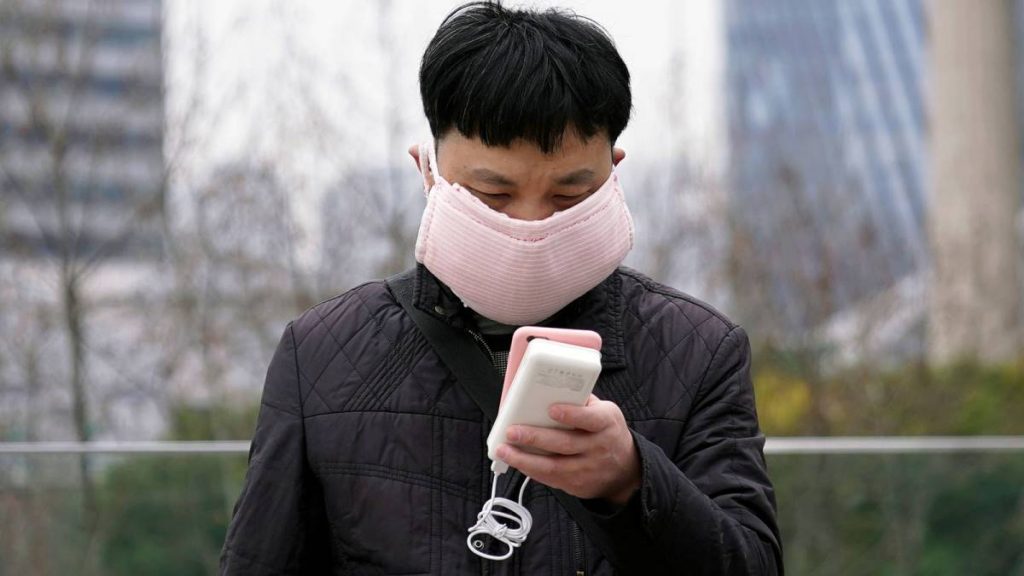
But, in the end, there was no single magic formula in the way China managed to defeat the coronavirus and COVID-19. It was human work, through residential communities, offices, and public spaces. There was awareness and a general sense that controlling the pandemic depended on doing many things together and at the same time
Today, almost a year after the first case was detected, much of the world remains paralyzed. Many countries are experiencing a second or third wave of the virus and populations – even now – continue to question the effectiveness of hygiene and containment measures. While that happens, the intensive China approach continues to prove devastatingly effective in controlling and erradicating COVID 19.
